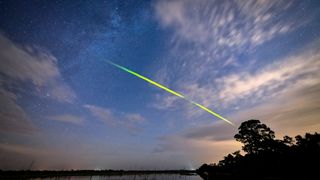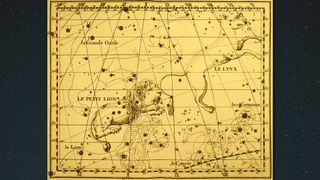
Joe Rao
Joe Rao is Space.com's skywatching columnist, as well as a veteran meteorologist and eclipse chaser who also serves as an instructor and guest lecturer at New York's Hayden Planetarium. He writes about astronomy for Natural History magazine, Sky & Telescope and other publications. Joe is an 8-time Emmy-nominated meteorologist who served the Putnam Valley region of New York for over 21 years. You can find him on Twitter and YouTube tracking lunar and solar eclipses, meteor showers and more. To find out Joe's latest project, visit him on Twitter.
Latest articles by Joe Rao

An annular solar eclipse will put a 'ring of fire' above one of the most isolated spots on Earth: Easter Island
By Joe Rao published
Thousands of skywatchers will gather for a view of the ringed sun from perhaps one of the most isolated and remote spots on the face of the Earth: the legendary and mystical Easter Island.
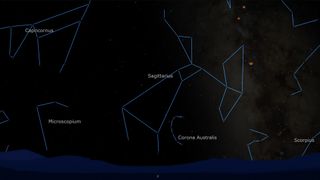
Is the Sagittarius constellation a teapot or an archer?
By Joe Rao published
Although officially known as the celestial archer, the zodiacal constellation of Sagittarius is far better recognized as a teapot. Here's how to see it this season.
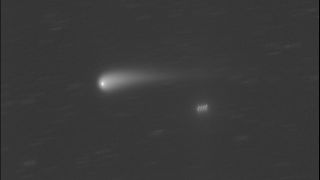
'Doomed' comet Tsuchinshan-ATLAS survives brush with sun — may be visible to naked eye this fall
By Joe Rao published
We provide the latest details on this comet, which might (or might not!) blossom into a bright naked-eye object in our October evening skies.

The Cassiopeia constellation is surrounded by celestial treasures. Here's how to see them
By Joe Rao published
Riding high in the northeast sky as darkness descends is a striking zigzag row of five stars marking the Queen of Ethiopia, Cassiopeia.
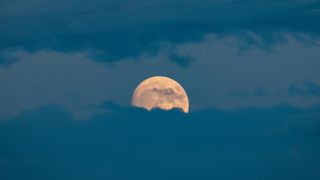
Don't miss the 'unconventional' Supermoon Blue Moon tonight
By Joe Rao last updated
This months' full moon falls on Aug. 19 and it will be the only full moon of August 2024. So how can we call it a "Blue Moon?"
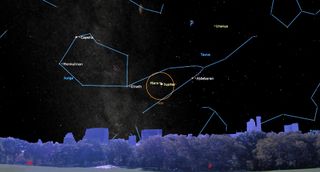
See Mars and Jupiter form 'double planet' early Aug. 14
By Joe Rao published
On Aug. 14, Mars and Jupiter will appear to be the closest they've been in over two years.
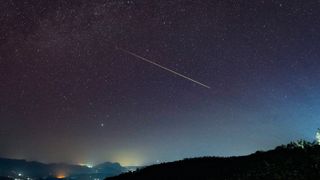
Perseid meteor shower 2024 peaks this weekend. Here's how to see summer's best 'shooting stars'
By Joe Rao last updated
The 2024 Perseid meteor shower should reach its peak during the overnight hours of Aug. 11 into early Aug. 12, when there is almost no moon.
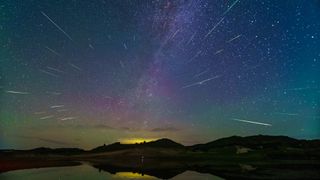
Perseid meteor shower peaks this weekend — but 2028's show might be one for the ages
By Joe Rao last updated
The annual Perseid meteor shower should put on a nice show this weekend — but a spectacular Perseid display appears to be in the cards four years from now.
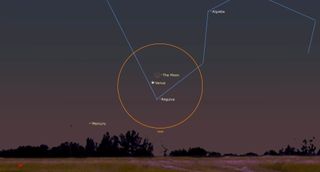
See the moon and Venus join close together tonight
By Joe Rao last updated
Of all of the monthly meetings between the moon and Venus this year, this one is by far the closest.
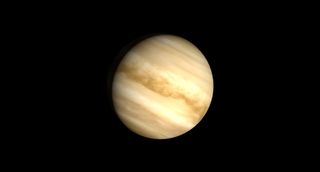
Venus returns to the night sky as an 'Evening Star,' and its going to be brilliant
By Joe Rao published
As we make the transition from July into August, Venus has finally begun climbing up out of the sunset glow in earnest and is now about to reclaim its role as the brilliant Evening Star.
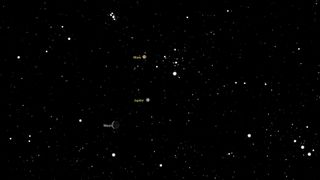
The moon, Mars and Jupiter form a predawn triangle on July 31. Here's how to see it
By Joe Rao published
The moon, Mars and Jupiter form a triangle in the early morning hours of July 31 alongside the stars of the Taurus constellation. Here's how to see it.

A comet predicted to light up the sky in 2024 may already be doomed
By Joe Rao published
While some comet experts think Comet Tsunchinchan-ATLAS (C/2023 A3) will "soon be no longer," others think it's doing just fine.
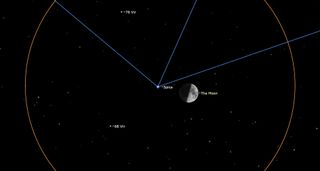
Watch the moon cover up the blue giant star Spica on July 13
By Joe Rao published
On Saturday, July 13, the moon will pass in front of bright blue star Spica in the night sky. The star will disappear behind the moon before reappearing on the other side.
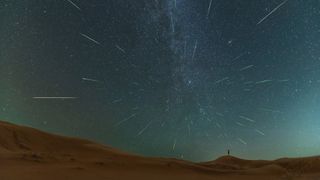
Perseid meteor shower returns to our skies this month to kick off summer 'shooting star' season
By Joe Rao published
2024 will be a very good year to watch for the Perseids, because bright moonlight will not interfere.
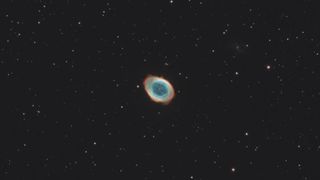
The gorgeous Ring Nebula makes a stunning skywatching sight this week
By Joe Rao published
Head outside this week at around 10 p.m. local daylight time and face due east and locate the Ring Nebula for a summertime skywatching treat.
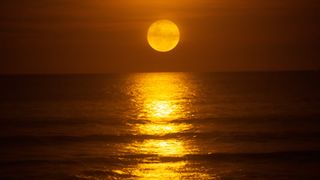
Strawberry Solstice Moon of June 2024 shines tonight for summer stargazers (video)
By Joe Rao published
This month, let's turn our attention to two celestial objects that can readily be seen even from bright cities. One is our nearest neighbor in space, while the other is a familiar pattern of stars.
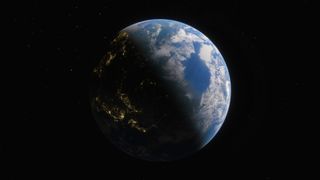
June solstice 2024 brings changing seasons to Earth on June 20 — What to know
By Joe Rao published
Summer will officially arrive in the Northern Hemisphere on Thursday (June 20) at 4:51 p.m. EDT (2051 GMT) — the June Solstice. Here's what you need to know.
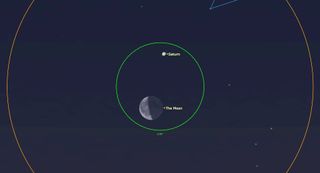
See the moon and Saturn meet in the night sky early on May 31
By Joe Rao published
Saturn will appear just above the third quarter moon in the sky in the early hours of Friday (May 31).
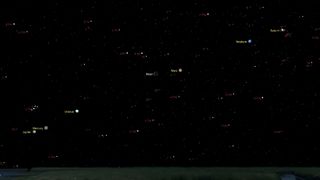
Will a 'rare' lineup of planets be visible to the naked eye in the night sky on June 3?
By Joe Rao published
Skywatchers who plan to rise early and step outside on June 3 expecting to see a stunning display of visible planets will be quite disappointed, at the very least.
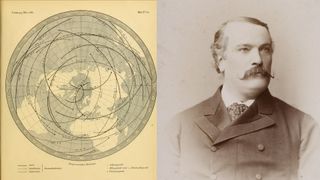
The original 'Mr. Eclipse:' How a 19th-century astronomer calculated the dates of over 13,000 eclipses
By Joe Rao published
For nearly a century, the 1887 book "Canon of Eclipses" was considered to be the authoritative work on solar and lunar eclipses.

A comet approaching Earth could become brighter than the stars this fall
By Joe Rao published
By the end of this summer, we may have a good idea as to whether we'll have a bright naked-eye comet gracing our early autumn evening sky, known as C/2023 A3 (Tsuchinshan–ATLAS).
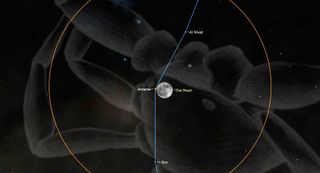
How to watch bright red star Antares disappear behind the moon on May 23
By Joe Rao published
For the third time this year, the bright red star Antares will be occulted or hidden by the moon on Thursday, May 23.
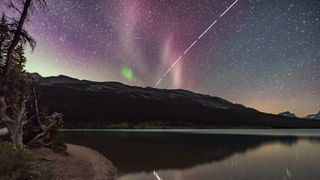
The ISS may be more visible in the night sky throughout May. Here's how to see it
By Joe Rao published
The International Space Station, the largest and brightest object now orbiting Earth, will provide excellent views for skywatchers across much of the Northern Hemisphere for much of May.
Get the Space.com Newsletter
Breaking space news, the latest updates on rocket launches, skywatching events and more!
